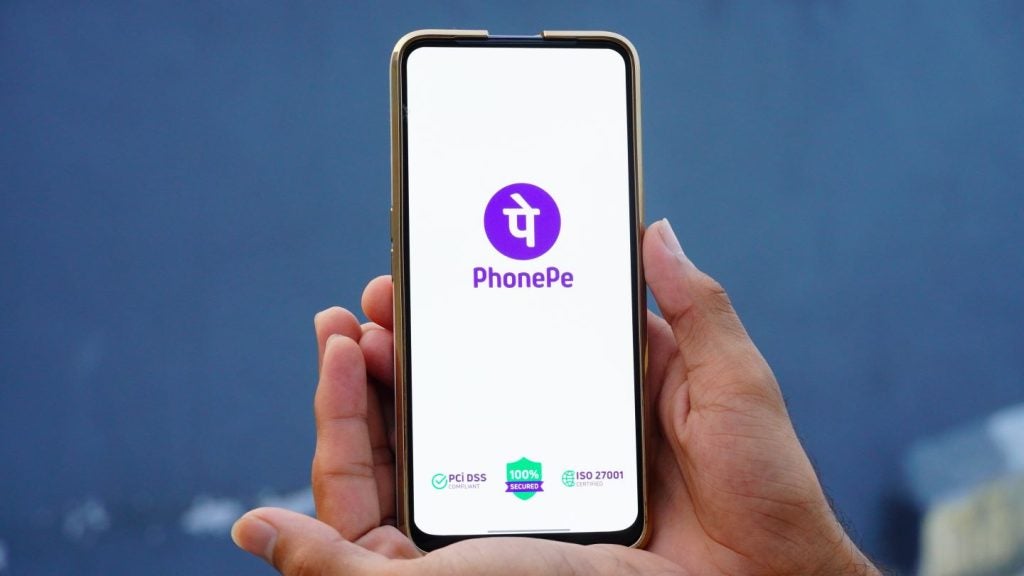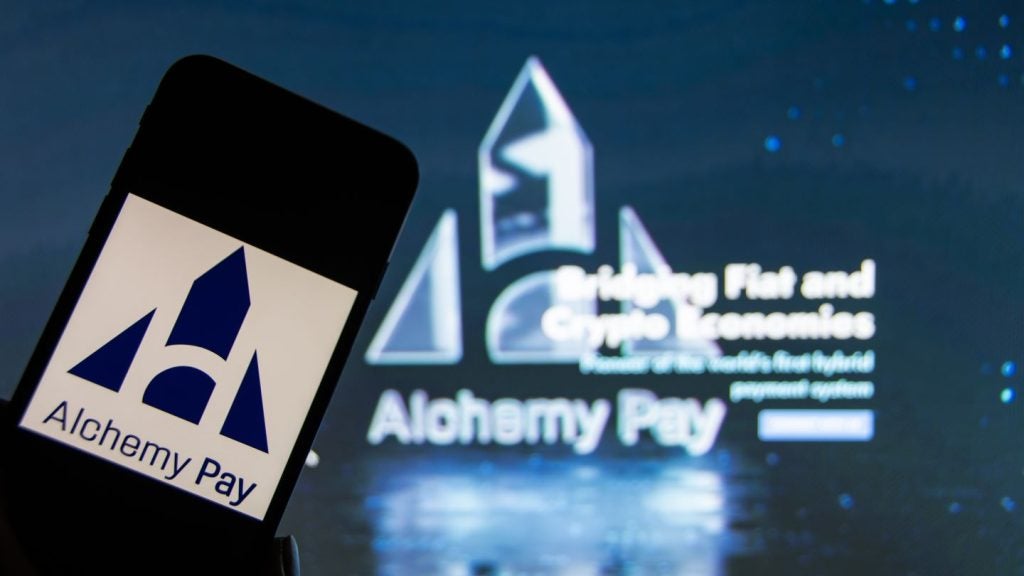
The New York Federal Reserve Bank’s Quarterly Report on Household Debt and Credit, shows that credit card debt hit a new record of $1.13trn for the three months from October to December, beating the previous high of $1.08trn.
As debt rises and gets more difficult to pay off, desperate consumers are more likely to turn to friendly fraud – disputing legitimate purchases to make ends meet.
In an interview with EPI, Rodrigo Figueroa, COO of Chargeback Gurus, sets out timely advice for merchants to employ to give customers other paths to resolution besides disputes.
EPI: Can you summarise the correlation between the increase in credit card usage/spend and the increase in chargebacks? It would seem self-evident that an increase in transactions will bring more genuine and fraudulent activities, often leading to disputes—what more should merchants be doing?
Rodrigo Figueroa, COO of Chargeback Gurus
The correlation between the surge in credit card usage/spending and the rise in chargebacks is intertwined with the persistent challenge of fraud, which has long plagued financial systems. Fraud remains endemic due to the inherent vulnerabilities associated with accessibility and the difficulty in enforcing authentication measures without sacrificing user convenience. These vulnerabilities create opportunities for malicious actors to exploit, leading to a perpetual cat-and-mouse game between fraudsters and security measures. Furthermore, the advent of the COVID-19 pandemic exacerbated this issue by catalysing a sudden surge in online shopping. The rapid shift to digital transactions amplified the exposure to fraudulent activities, as cybercriminals capitalised on the vulnerabilities inherent in remote payment systems and exploited consumers’ heightened reliance on online platforms. Consequently, the convergence of increased credit card usage/spending, endemic fraud challenges, and the pandemic-induced acceleration of digital commerce underscores the urgent need for effective fraud prevention strategies and proactive measures to mitigate the risk of chargebacks and safeguard the integrity of financial transactions.
EPI: There is evidence of fraudsters taking advantage of busy periods such as Christmas, Black Friday-does fraudulent activity peak at this time?
Figueroa:
Yes, evidence suggests that fraudulent activity often peaks during busy periods such as the holiday season in general and Black Friday in particular. These occasions, characterised by a significant increase in consumer spending and transaction volumes, present lucrative opportunities for fraudsters to exploit vulnerabilities in payment systems and perpetrate their illicit activities. During these peak shopping periods, the sheer volume of transactions can overwhelm fraud detection systems, making it easier for fraudulent transactions to slip through undetected.
Fraudsters capitalise on the frenzy of holiday shopping and promotional events like Black Friday to conceal their activities amidst the legitimate transactions. They may employ various tactics such as phishing scams, identity theft, and account takeovers to defraud unsuspecting consumers and merchants alike. Additionally, the heightened pressure on retailers to process orders quickly during these peak periods can inadvertently lower the bar for fraud prevention measures, creating an environment conducive to fraudulent activities.
As a result, merchants often experience an uptick in chargebacks and fraudulent transactions during these busy periods. To combat this trend, businesses must remain vigilant and implement robust fraud detection and prevention measures, especially during peak shopping seasons. By staying proactive and leveraging advanced fraud prevention technologies, merchants can better safeguard their systems and protect themselves and their customers from the increased risk of fraudulent activity during these high-traffic periods.
EPI: I’m shocked at the 5.7 chargebacks number quoted. Who are these people? How can issuers do better at weeding them out?
Figueroa:
The figure of 5.7 chargebacks per person may seem surprisingly high, however, it’s important to recognise that this statistic represents an average across a broad spectrum of consumers and industries. While many individuals may rarely or never initiate chargeback claims, others may do so more frequently due to various factors such as disputes over billing errors, dissatisfaction with products or services, or, unfortunately, instances of fraudulent activity.
Regarding your question about why issuers cannot weed out these individuals, it’s worth noting that credit card issuers employ sophisticated fraud detection systems to identify and mitigate fraudulent transactions. However, distinguishing between legitimate disputes and fraudulent claims—specially first party misuse —can be challenging, especially given the diverse nature of consumer behaviour and the complexity of transaction patterns. Moreover, while some chargebacks are undoubtedly initiated by dishonest or unethical consumers seeking to exploit the system, many others stem from genuine grievances or misunderstandings.
Ultimately, striking a balance between protecting consumers’ rights and preventing abuse of the chargeback process is a complex endeavor for credit card issuers and financial institutions. While efforts to minimize fraudulent chargebacks are ongoing, it remains a persistent challenge in the realm of financial transactions.
EPI: Which industry verticals are especially at risk here, for example, travel, hotels?
Figueroa:
Certain industry verticals are indeed more susceptible to chargebacks due to various factors inherent to their business models and transaction processes. Some of the sectors that are particularly vulnerable include:
Travel and Hospitality: Industries such as airlines, hotels, and travel agencies often experience high chargeback rates due to the nature of their services. Customers may dispute charges for canceled flights, overbooked accommodations, or dissatisfaction with the quality of service received. Additionally, the long lead times between booking and fulfillment in the travel industry can increase the likelihood of disputes, as circumstances may change before the service is rendered.
Online Retail: E-commerce businesses face significant risks of chargebacks, particularly during peak shopping days like Black Friday and Cyber Monday. Fraudulent activities are more prevalent in card-not-present (CNP) transactions, where the cardholder is not physically present during the purchase, leading to higher chargeback rates. Additionally, the lack of face-to-face interaction between customers and merchants can make it harder to verify the legitimacy of transactions, making online retailers a prime target for fraudsters.
Subscription Services: Companies that offer subscription-based services, such as streaming platforms, software providers, and membership sites, may encounter challenges related to recurring billing and customer retention. Subscribers may forget about or dispute recurring charges, leading to an increased risk of chargebacks. Furthermore, customers may dispute charges if they feel they are not receiving value from the subscription or if they encounter billing discrepancies.
Digital Goods and Services: Businesses that sell digital goods or services, such as digital downloads, online courses, or software licenses, are susceptible to fraudulent chargebacks due to the intangible nature of their offerings. Fraudsters may exploit loopholes in digital delivery systems or use stolen credit card information to make unauthorised purchases of digital products, leading to chargebacks for merchants.
These industry verticals face elevated risks of chargebacks, but chargeback rates can vary widely based on business practices and customer demographics. To mitigate these risks, businesses can implement proactive customer service strategies. Transparent communication of transaction conditions, including refund policies and delivery timelines, minimises misunderstandings and builds consumer trust, reducing the likelihood of chargebacks resulting from confusion or dissatisfaction. Proactive communication throughout the customer journey, coupled with accessible customer support channels, helps address concerns before they escalate into chargebacks, fostering long-term relationships based on trust and mutual respect.
EPI: How do changes in consumer behavior during peak shopping seasons impact the rate of chargebacks, and what preventive measures can businesses implement to mitigate these risks?
Figueroa:
During peak shopping seasons like Black Friday and the holiday period, consumer behavior undergoes a noticeable shift, characterised by a surge in purchasing activity and altered shopping patterns. The excitement surrounding limited-time deals and promotional offers prompts consumers to engage in more frequent and impulsive purchases, often resulting in higher transaction volumes across both online and brick-and-mortar retail channels. This sudden influx of transactions creates a fertile ground for potential disputes and chargebacks as consumers may later reconsider their purchases, encounter discrepancies in billing statements, or become victims of fraudulent activities.
Moreover, the competitive nature of peak shopping seasons intensifies pressure on businesses to meet consumer demands swiftly, sometimes at the expense of thorough transaction scrutiny. The rush to process orders quickly and efficiently can inadvertently lower the guard against fraudulent transactions, increasing the likelihood of unauthorised purchases slipping through undetected. Additionally, the sheer volume of transactions during these periods can overwhelm fraud detection systems, making it more challenging for businesses to identify and prevent fraudulent activities in real-time. As a result, businesses face heightened risks of chargebacks during peak shopping seasons, necessitating proactive measures to mitigate these risks and protect their financial interests.
EPI: With the rise of online shopping, how has the nature of chargebacks evolved, and what challenges does this pose for both merchants and credit card issuers?
Figueroa:
The rise of online shopping has reshaped the landscape of chargebacks, posing fresh challenges for merchants and credit card issuers alike. The prevalence of card-not-present (CNP) transactions in online retail amplifies the difficulty of verifying identities and detecting unauthorised use, escalating the risk of fraudulent activities such as identity theft and friendly fraud. These evolving fraud schemes present substantial hurdles, leading to increased chargebacks for merchants, financial losses, and operational disruptions.
Simultaneously, credit card issuers grapple with the monumental task of distinguishing legitimate disputes from fraudulent claims, exacerbated by the surge in chargeback requests, particularly during peak shopping seasons. The Covid-19 pandemic has further heightened these challenges, magnifying the volume of online transactions and exacerbating the chargeback problem.
Lockdowns and social distancing measures accelerated the shift towards e-commerce, creating an environment ripe for fraudulent activities due to increased anonymity and reduced face-to-face interactions. Fraudsters capitalised on these vulnerabilities, leading to a surge in chargeback incidents and underscoring the urgent need for proactive measures to safeguard the integrity of online commerce.
EPI: Can you discuss the role of advanced fraud detection technologies in reducing chargebacks? How effective are these tools in distinguishing between fraudulent and legitimate transactions?
Figueroa:
Advanced fraud detection technologies play a pivotal role in reducing chargebacks by leveraging sophisticated algorithms, machine learning, and data analytics to detect suspicious transaction patterns and anomalies in real time. These tools analyse multiple data points, including transaction velocity, geolocation, and behavioral biometrics, to assess the risk level associated with each transaction accurately. By continuously evolving and adapting to new fraud trends, these technologies enable businesses to stay ahead of emerging threats and make informed decisions in preventing fraudulent activities. However, while these tools have become increasingly sophisticated, they are not a panacea for fraud prevention. Fraud models struggle to detect first-party misuse, where legitimate users exploit the system for personal gain.
Therefore, in addition to implementing advanced fraud detection technologies, merchants should also have an effective chargeback strategy to handle these cases. This strategy may include engaging in representment to reverse illegitimate chargebacks, proactive communication with customers to resolve disputes amicably, and diligent monitoring of transaction activity to identify potential abuse.
By combining advanced fraud detection technologies with an effective chargeback management strategy, merchants can minimise the impact of fraudulent activities and maintain customer trust and satisfaction.
EPI: Given the higher incidence of chargebacks in certain sectors, what specific strategies should businesses in high-risk industries like travel and hospitality adopt to protect themselves?
Figueroa:
Businesses in high-risk industries like travel and hospitality face unique challenges when it comes to chargebacks due to factors such as long lead times, cancellations, and disputes over service quality. To protect themselves effectively, these businesses should consider implementing the following specific strategies:
Transparent Policies and Communication: Clearly communicate refund policies, cancellation terms, and other relevant information to customers at the time of booking. Providing transparent and upfront information can help manage expectations and reduce the likelihood of disputes or chargebacks resulting from misunderstandings.
Secure Payment Processing: Utilise secure payment processing solutions that offer robust fraud detection and prevention features, such as tokenisation and address verification. By safeguarding payment data and preventing unauthorised transactions, businesses can minimize the risk of fraudulent chargebacks.
Flexible Booking Options: Offer flexible booking options, such as free cancellations or rescheduling, to accommodate changing travel plans and reduce the incentive for customers to dispute charges. Providing flexibility can enhance customer satisfaction and loyalty while mitigating the risk of chargebacks.
Proactive Customer Service: Implement proactive customer service measures to address inquiries, concerns, and disputes promptly. Providing accessible support channels and resolving issues in a timely manner can prevent disputes from escalating into chargebacks and help maintain positive customer relationships.
Documentation and Record-Keeping: Maintain detailed records of transactions, communications with customers, and any relevant documentation, such as booking confirmations and refund policies. Having comprehensive documentation can provide evidence to support merchants in disputing chargebacks and resolving disputes with card issuers.
Continuous Monitoring and Analysis: Regularly monitor transaction activity and analyse chargeback data to identify trends, patterns, and potential areas of vulnerability. By staying proactive and vigilant, businesses can detect and address issues before they escalate into significant financial losses.
By implementing these specific strategies tailored to the unique challenges of the travel and hospitality industry, businesses can better protect themselves against chargebacks and mitigate the associated risks effectively.
Furthermore, these best practices are not exclusive to the travel and hospitality industry; they are applicable to a wide range of other verticals facing similar challenges with chargebacks. Regardless of the industry, businesses can benefit from implementing transparent policies and communication, secure payment processing solutions, flexible booking options, proactive customer service measures, documentation and record-keeping practices, and continuous monitoring and analysis of transaction activity. By adopting these strategies, businesses across various sectors can better protect themselves against chargebacks and mitigate the associated risks effectively.
EPI: How can consumer education on the proper use of chargebacks play a role in reducing unnecessary disputes, and what steps are credit card companies taking in this direction?
Figueroa:
Educating consumers on the appropriate use of chargebacks is essential for minimising unnecessary disputes and promoting a well-informed approach to resolving issues. By guiding consumers on when it’s suitable to initiate a chargeback and when alternative dispute resolution methods are more appropriate, credit card companies and financial institutions can prevent confusion and misuse of the chargeback process. Providing clear guidelines and real-life examples of valid reasons for initiating a chargeback, such as instances of fraud or merchant non-compliance with agreed terms, empowers consumers to make informed choices and avoid unnecessary conflicts.
Credit card companies are also implementing various educational initiatives and tools. For instance, prevention alerts offer merchants real-time notifications when transactions pose potential risks, enabling them to take preemptive steps to prevent chargebacks. Additionally, Visa’s Compelling Evidence 3.0 programme equips merchants with resources to present compelling evidence for disputing chargebacks effectively, including comprehensive transaction data, shipping documentation, and customer communication records.
Ultimately, ensuring consumer and merchant protection requires collaboration across the entire payments ecosystem. It’s crucial that both cardholders and merchants, particularly small businesses, feel equally supported and confident in the reliability of the system. This trust fosters trade and economic growth by promoting a secure and transparent environment for transactions.







